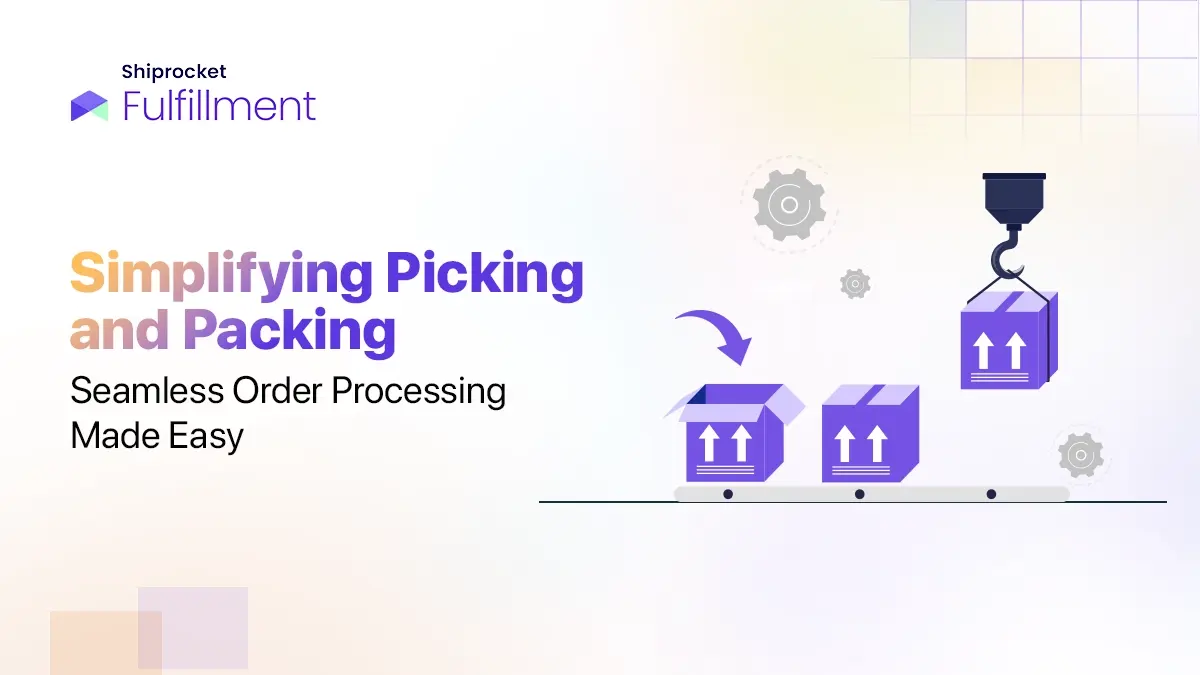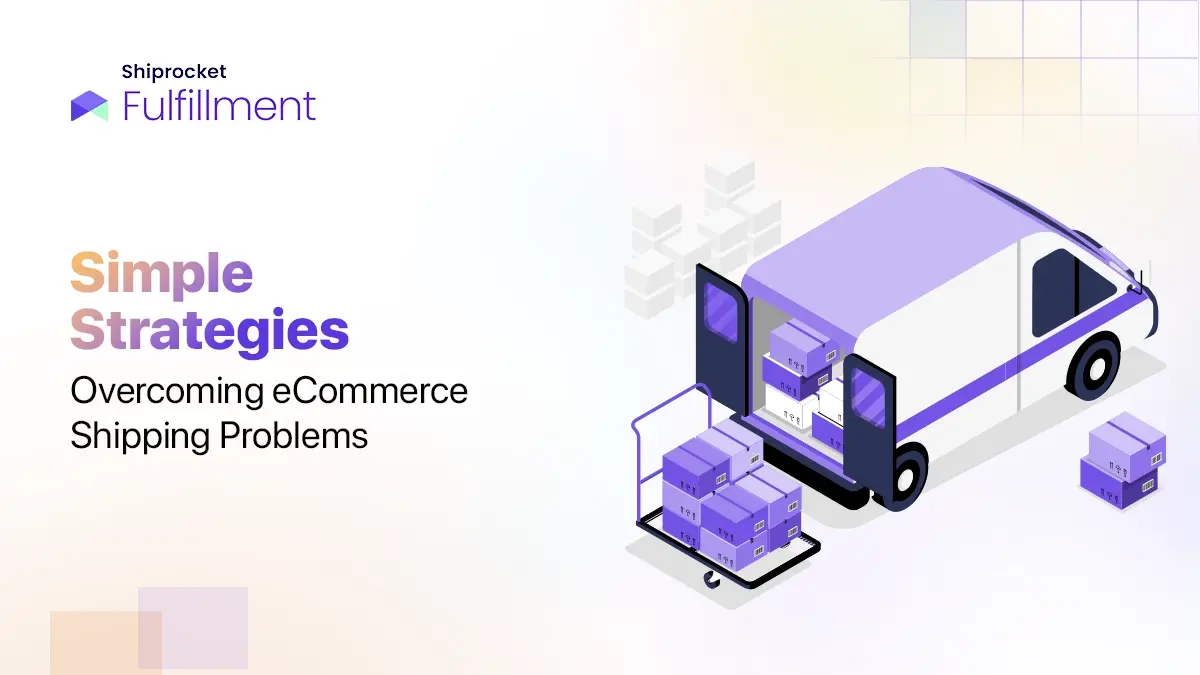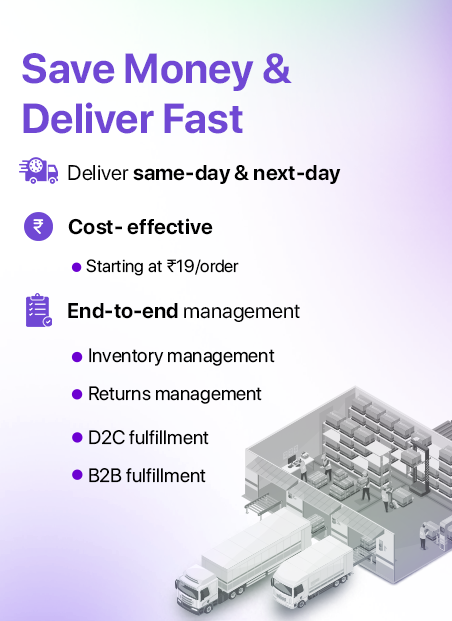Retail inventory management is the process of managing the inventory (products) that your buyers want. It involves stocking, pricing, promoting, and maintaining inventory at different levels to ensure that you meet your customers’ demand without over or under-stocking inventory. This guide to retail inventory management explains how inventory can be managed – receiving inventory, counting it, and tracking its location in the warehouse.
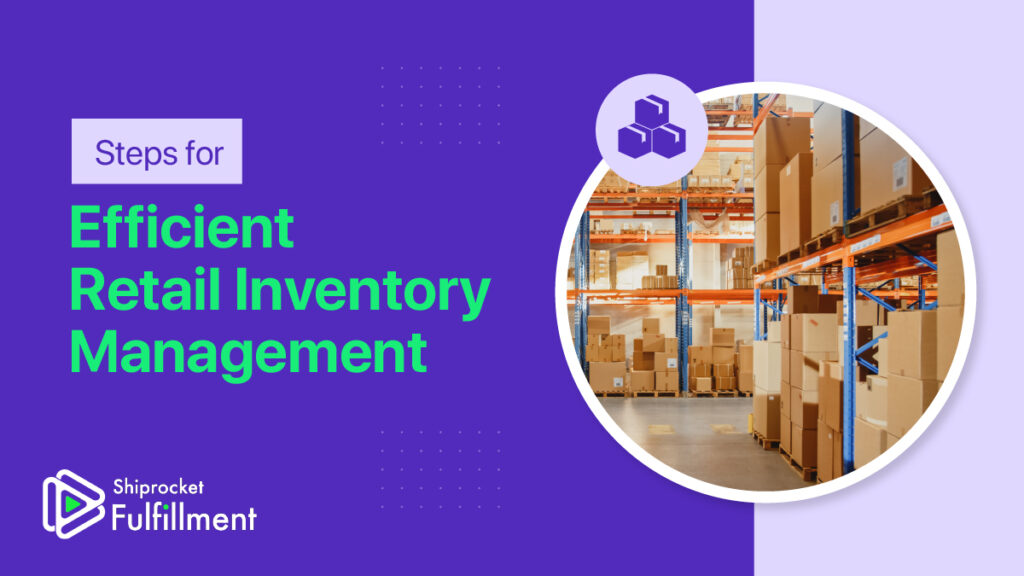
What is Retail Inventory Management?
Retail inventory management is the practice of ensuring that a business procures the right products and in the right quantities, at the right time. With inventory management, you can ensure that you always meet customers’ demands without running out of stock.
The process also includes knowing when to buy more inventory and how much inventory you already have in store. This helps you know whether you are running low on inventory and when to reorder inventory to ensure you are never out of stock.
If the retail inventory management is done right, you can track your orders accurately. You don’t have to suffer from inventory surplus or shortage. Notably, many businesses suffer financially due to inefficient retail inventory management. It helps lower the business cost as it provides an insight into:
- Product location in the warehouse
- Product quantity in hand
- Products that are selling well
- Profit margins of each inventory
- How much and how often do you need to reorder
- Effects of seasonal changes on product sales
Importance of Inventory Management in Retail
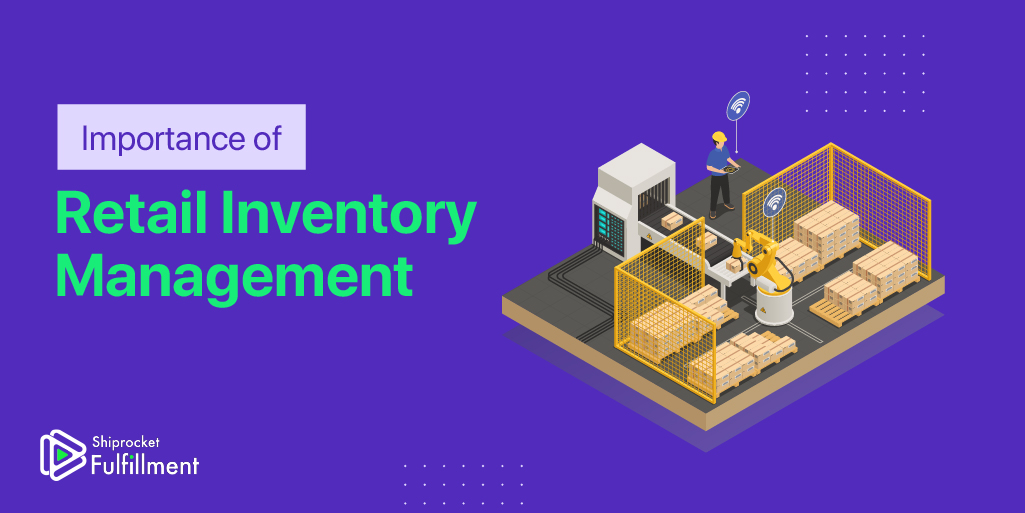
Inventory management helps in increasing efficiency and, thereby, profits. With efficient management, you can capture every sale possible without overstocking or understocking. The following are benefits that you can take if you manage your retail inventory efficiently:
Savings on Inventory Cost
With the information regarding how much stock you have and how much more you need, you can keep your inventory levels in check. Thereby, you can reduce storage and inventory carrying costs. You can also save on logistics, shipping, depreciation, etc.
Minimize Out-of-Stock Situation
To avoid missing sales and disappointing customers, you need to prevent an out-of-stock situation. You can use inventory management tools to determine how much stock you need. With the real-time information on sales and stock, you can quickly order inventory if you are running low on it.
Improves Profit Margins
With lower inventory costs and storage costs, you can save on expenses. Also, when you have enough supply to fulfill all orders, you can cater to all your customers to maximize profits.
Improves Inventory Forecasting
Efficient inventory management also provides you access to historical sales data and seasonal capital needs. With these forecasts, you can plan your budgets in advance and accordingly manage your spendings on product development, marketing, etc.
Improved Customer Satisfaction
When you deliver products to your customers faster and with fewer mistakes, their loyalty increases towards your brand.
Efficient Supply Chain Management
Knowing about the inventory and sales trends, you can manage your supply chain better. You can order inventory just-in-time, whether with fewer or bigger requirements. Besides, you can also minimize inventory costs regarding holding, storing, and ordering inventory.

Top Inventory Management Methods For Retailers
Now that you have an understanding of inventory management and the pivotal contribution it can have on your business, you must also know about various inventory management methods for retailers.
Inventory management is beyond storing goods in the warehouse and being accountable for them. It is a strategic process that businesses need to take in order to optimize their supply chain and maximize profits.
Here are the top 3 inventory management methods-
1. First-in, First-out (FIFO)
The FIFO inventory management method is a process where the retailer fulfills an order that arrived first or has been on the shelf for the longest period of time.
This method of inventory management is ideal for perishable products or seasonal goods that need to be sold within a certain period of time.
FIFO is also considered to be a more profitable method of inventory management since older inventory will be much cheaper compared to new ones.
2. Last-in, First-out (LIFO)
Under LIFO, the retailer fulfills the most recently acquired inventory. In this case, the most recently purchased products are taken as the cost of goods sold, and the goods purchased at a lower cost are shown as inventory.
Unlike FIFO, LIFO is not a straightforward method of inventory management and, therefore, not very commonly used. This method of inventory management is only used in the U.S.
3. Just-in-Time (JIT)
Just-in-time is a method of inventory management in which goods are received and fulfilled on an immediate basis. This is an efficient inventory management method since it reduces inventory wastage, but it requires careful planning of the entire supply chain process.
Another advantage of the Just-in-time inventory management method is that it gives a manufacturer more control over his costs and production. A manufacturer can scale up his production in times of high demand and scale down in times of low demand.
Retail Inventory Management Steps
The basic steps in retail inventory management involve identifying your goods and knowing their quantity, location, and other specifications like the expiration date.
Centralized Record of Products
Firstly, you should have a centralized list of all the products that you sell with the following details:
- Product name, SKU, and brand
- Product variables, like size, color, etc.
- Vendor name and SKU
- Inventory on hand
- Reorder lead time
You can also keep product images and descriptions to conveniently help your staff identify the products. Also, when you add a new SKU, ensure that you enter and update them in the inventory record. Having centralized data that is accessible by everyone in your team is crucial.
Stock Location
If you run a small business from a single store, your inventory is placed at one place only – either in the display or in your stockroom. But if you sell from multiple sites, you must have your inventory at different places – warehouses, distribution centers, stockrooms, etc.
Misplaced or overlooked inventory will lead to missed sales. Thus, it would be best to keep a tab on where your inventory is and its quantities. You can take the help of inventory management software.
Regular Stock Counts
Count the inventory periodically and match them against sales numbers. Double-check your data and focus on deviations. Also take into account damage, shrinkage, returns, or defects. You can perform inventory counting bi-monthly, quarterly, or half-yearly as per your business’s complexity and scale. Nonetheless, experts generally recommend counting inventory once a quarter.
Combine Inventory & Sales Data
Integrate your sales and inventory data to check which products are turning over fast and which are lagging. This data will help you decide when you should reorder inventory and stock higher units of which SKU. You can also plan your marketing and advertising activities accordingly.
Purchasing Process
Review data and place inventory orders on time to avoid getting caught behind the season’s sales and trends. Ensure that you have buffer inventory when you reorder stock to continue your sales till the new stock arrives. Prioritize your purchases based on the item’s sales, profitability, and popularity among the customers.
Stock Receiving Procedure
Establish a procedure to verify the incoming orders and enter them into your system. An error in transit can lead to problems like overpayment to suppliers or unexpected stock outages without this procedure. Check every delivery against the order and verify the contents as well. Enter the products in the system only after performing all the checks. Look for damages, shortfalls, or mistakes, and follow up with suppliers if there is any problem.


